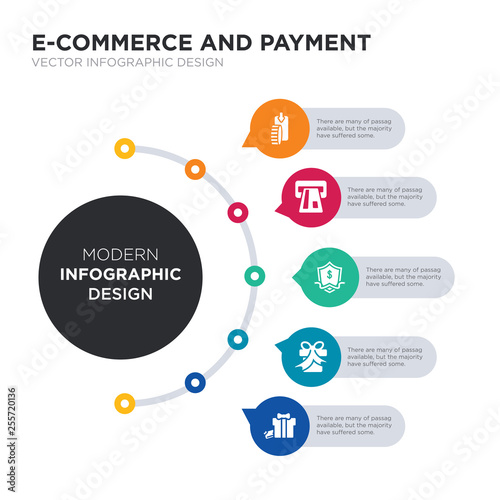Personalized glass honors stimulate a steadfast spirit of dedication and excellence. They foster a society of acknowledgment that goes beyond hierarchical boundaries.
Wheel engraving is shown on a cup most likely made in the 1700s covered with complex Chinese-style concepts. These concepts introduced allegiance to the Jacobite cause. This is an amazing example of exactly how imported Oriental products influenced European style patterns.
Beginnings
As glassmaking ended up being extra innovative, engravers became aware that a layout included in an item of glass changed it from functional right into preferable. They experimented with a variety of scratching, abrading and cutting techniques.
The most skilled engravers produced fine detailed work. Anna Roemers Visscher, who was a glass cutter and engraver, was renowned for her delicate blossoms, motivated by the nature publications preferred in her time.
Engravers additionally sculpted great linework into glass. By the end of the 17th century, engravers had begun to abandon linear clarity in favour of crosshatched chiaroscuro effects. Among the earliest instances is videotaped on a container by a Rotterdam engraver that authorized his deal with a doodled freedom and vigour that lifted it above the remainder.
Inscribing remained to be a prominent method, although it was progressively eclipsed by cut glass and new techniques such as etching, which was less costly than inscribing. Nonetheless, economic pressures after c1905, along with declining quality of cut glass, saw a rise in the popularity of personalized glass, called rock crystal.
Methods
Glassmakers utilized a variety of techniques to mark or enhance the surface area of a vessel, commonly integrating different methods. One strategy called stipple inscription, for instance, utilizes a point of tungsten or ruby to make small dots on the glass surface area which produce contrasting white lines when light shines through them.
Personalized glass honors are treasured for their beauty and prestige. They mirror the deep esteem and regard that business hold for their employees and foster a society of excellence.
The translucency of glass personifies the openness and honesty of corporate acknowledgment, motivating recipients to take stock of their success and assess their journey in the company. Additionally, the capability of engraved glass to present individualized text and images permits the development of highly one-of-a-kind and significant awards that stimulate the feeling of majesty related to this exceptional material.
Designs
From the smooth lines of corporate honors to the engraved text on glass prizes, etched crystal is an elegant icon of recognition. Whether displayed on someone's workdesk or kept as a memento, these individualized pieces share a sense of prestige and professionalism that is tough to find in various other materials.
The style of personalized glass has transformed in time to mirror altering tastes and technical advancements. The old method of copper-wheel inscription has actually defied forecasts of obsolescence, and new strategies like etching are taking over where stippling as soon as held sway.
The custom glass personalization earliest diamond-point engraving, of the 16th century, is tight and formal. It progressively ended up being more flexible and pleasing, but might easily deteriorate into over-elaboration. In the 19th century Thomas Webb & Sons presented "rock crystal" with deep cutting and copper-wheel engraving, which mimicked luxury vessels cut of rock crystal in Europe and the Orient (see Ewer by Webb & Sons). The company's principal engravers were Bohemian immigrants Frederick Engelbert Kny and William Fritsche, that signed their deal with a monogram G.
Significance
Personalized glass was costly and searched for. This was since it entailed the most requiring glass refining technique and relied on the precision and initiative of a skilled artisan. The highest point of etching can be found in the 17th century and was quite a part of the Baroque and Rococo durations.
During this time around, engraved goblets could be made use of to communicate messages of social standing. They would show family members crests and political allegiances. They can also display one's preference for the most recent style and design patterns.
Today, personalized glass is still an essential art kind. However, developments in technology and laser innovation have structured the process and made it much more specific. The resulting intricate styles are both magnificent and resilient. Additionally, new kinds of glass have actually been created to respond much better to lasers. This has actually expanded the possibilities for musicians and developers. It also lessens the ecological impact of the process. As an example, optical crystal is an excellent choice for personalized honors because it is clear and reflects light well.
